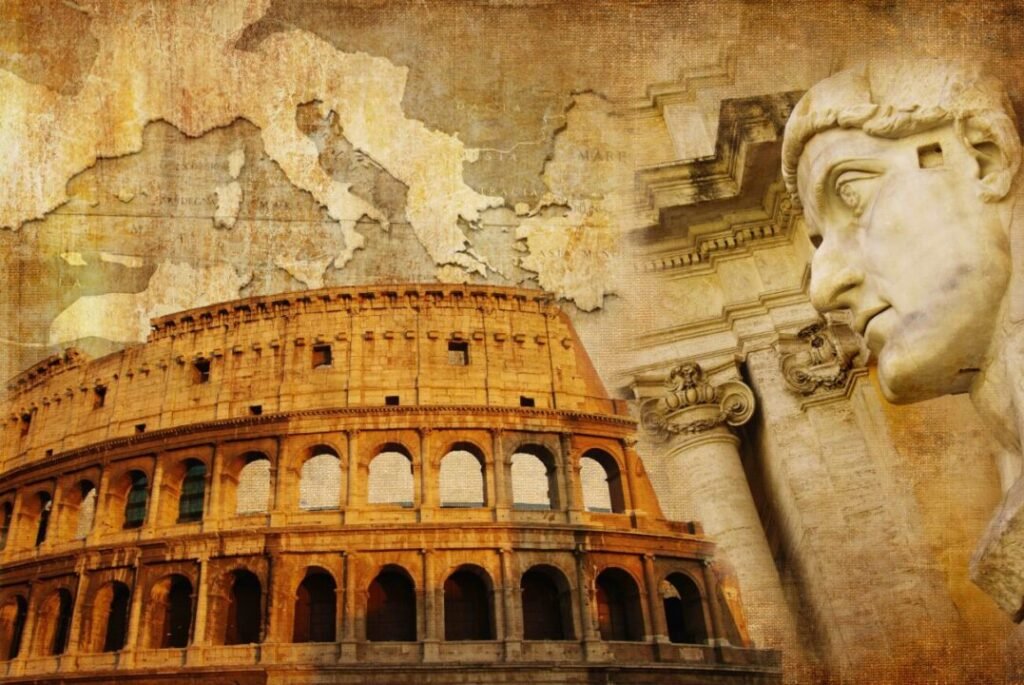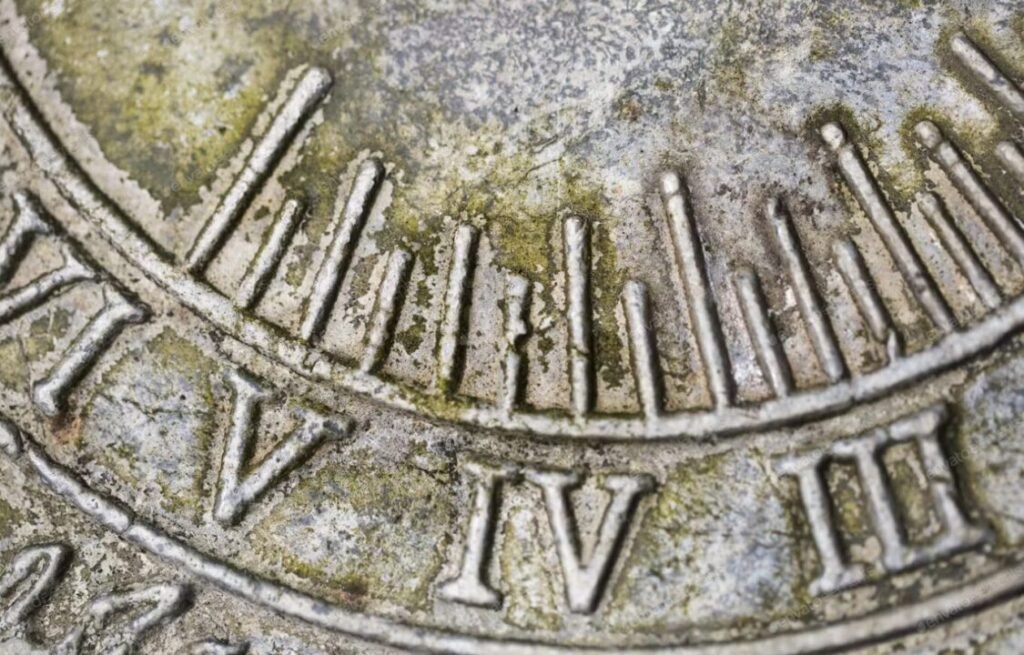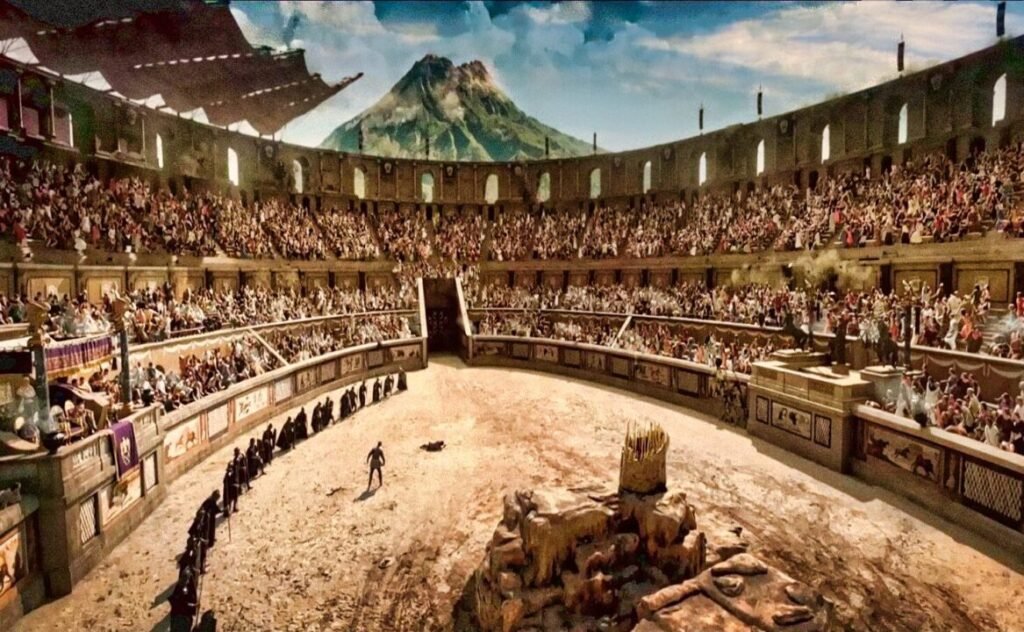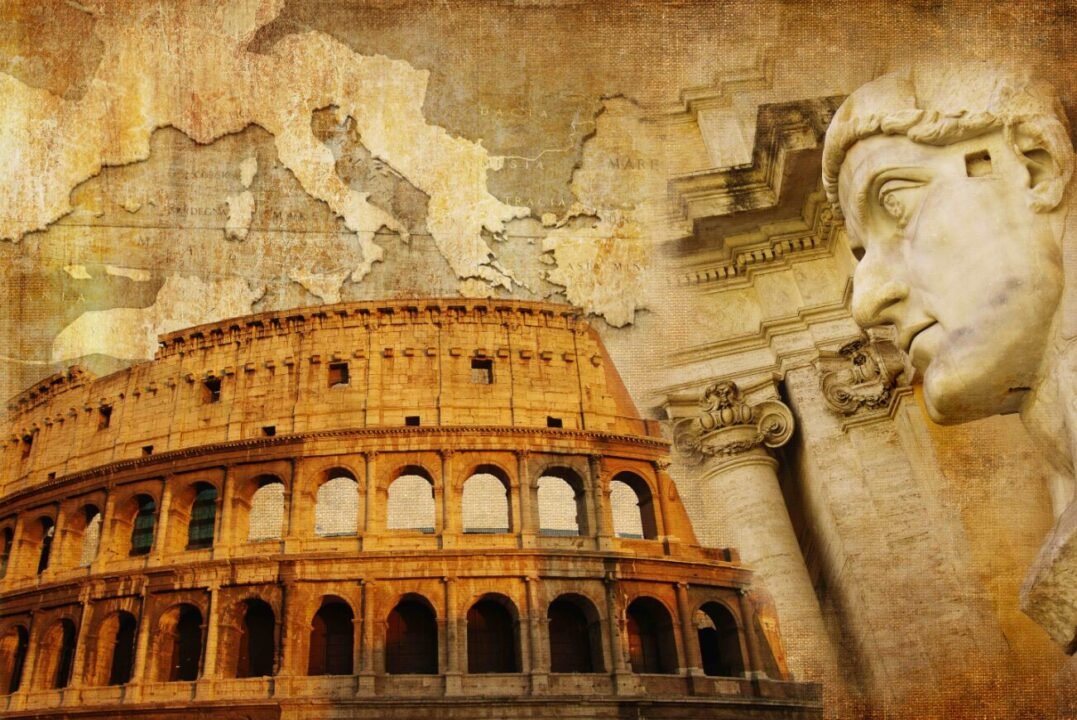The Roman Empire, which existed from 27 BC to 476 AD, had a profound impact on the world and continues to influence modern society.
Renowned for its impressive architecture, progressive laws, and formidable military strategies, Rome’s influence can be observed in various aspects of contemporary culture and technology.

Let’s take a look at the lesser-known facets of this ancient empire, presenting intriguing stories and facts that highlight the resourcefulness and everyday lives of the Romans.
From the origins of common sayings to groundbreaking engineering accomplishments, these anecdotes provide a glimpse into the complexity and grandeur of Roman society. As we peel back the layers of time, each fact demonstrates the lasting legacy of Rome and its role in shaping the Western world.
Immerse yourself in these historical snippets and appreciate the extensive contributions of the Romans to civilization.
Roman Concrete: The Durability of an Empire
Roman concrete was so incredibly durable that many Roman structures still stand today, including the magnificent Pantheon.
This durability came from their revolutionary use of volcanic ash, specifically a substance called pozzolana. When mixed with lime and water, it formed a strong hydraulic mortar that hardened even underwater.
This allowed the Romans to engineer not only the massive dome of the Pantheon but the Colosseum and their awe-inspiring network of aqueducts.
Julius Caesar’s Leap Year: Aligning the Calendar
Before Julius Caesar’s reforms, the Roman calendar was notoriously out of sync with the seasons.
To fix this, he introduced the Julian calendar in 45 BC, which included a leap year every four years to keep it aligned with the solar year.
While incredibly accurate for the time (only about 11 minutes off per year), the Julian calendar would eventually be refined into our current Gregorian calendar in 1582.
The Vestal Virgins: Women of Power and Privilege
The Vestal Virgins were a unique group of priestesses in Rome tasked with maintaining the sacred fire of Vesta, the goddess of the hearth.
Chosen between the ages of 6 and 10, they vowed to serve for 30 years. If a Vestal allowed the sacred flame to die out, it was seen as a terrible omen for Rome, and she faced severe punishment.
However, this service granted them rights and privileges that most Roman women didn’t enjoy, including owning property, managing their own finances, and even the ability to pardon condemned prisoners.
Roman Numerals: A System for the Ages
We still see echoes of Rome in some of our numbering systems.
Roman numerals (I, V, X, L, C, D, M) were used for centuries, mainly seen today in clock faces, movie sequels, and book volumes.

However, the Roman numeral system lacked a zero and made complex calculations cumbersome compared to the Arabic numerals that eventually replaced them.
Massive Empire: Stretching Across Continents
At its peak in 117 AD under Emperor Trajan, the Roman Empire stretched across a mind-boggling 5 million square kilometers.
For context, that’s roughly the size of the entire European Union! Their territories spanned parts of Europe, Asia, and Africa, including regions corresponding to modern-day England, Spain, Egypt, and many more.
First Fire Brigade: Rome’s Firefighting Force
Emperor Augustus understood the dangers Rome faced from fires and organized history’s first professional fire brigade.
Known as the Vigiles, they were more than just firefighters; they patrolled Rome’s streets at night to prevent fires, apprehended criminals, and generally maintained order in the city.
Roman Baths: Centers of Social Life
Public baths weren’t just for bathing in Roman society; they were bustling social hubs.
These complexes often offered exercise facilities, libraries, places to eat and drink, and various rooms with different water temperatures for relaxation and socializing.
Public baths were a place where people from all walks of life could mingle, making them a vital element of Roman culture.
Gladiatorial Games: Spectacle and Brutality
Originally part of funeral rites, gladiatorial combats evolved into elaborate public spectacles in the Roman world.

These brutal contests between trained fighters (often enslaved people or condemned criminals) were staged in magnificent arenas like the Colosseum.
Sometimes, these arenas were even flooded to stage mock sea battles for the roaring crowds.
Latin Language: Foundation of Modern Tongues
Latin, the language of the Romans, lives on in many ways.
It’s the foundation of the Romance languages – Italian, French, Spanish, Portuguese, and Romanian – and has heavily influenced English and other languages worldwide.
Even scientific terms and medical terminology draw heavily on Latin roots.
The Roads: The Arteries of Empire
The Romans were legendary road builders, constructing over 400,000 kilometers of roads!
These weren’t mere dirt paths; they were engineering feats with layered construction, drainage systems, and milestones marking distances. 29 major highways radiated outward from the city of Rome, giving rise to the famous phrase, “All roads lead to Rome.”
These roads were vital in expanding the Empire by facilitating trade, military movement, and communication.
Purple as Imperial Color: A Dye Worth Its Weight in Gold
The color purple was directly associated with Roman emperors.
Purple dye was incredibly expensive to produce, derived from a specific species of sea snail. This exorbitant cost led to laws restricting its use to only the highest elite, solidifying its status as a symbol of imperial power and prestige.

Newspaper: The Acta Diurna
Ancient Rome had its own form of a daily newspaper: the Acta Diurna.
These carved stone or metal tablets announced political news, important social happenings, births, deaths, and even military victories. Posted in prominent places, they helped keep the Roman citizenry informed.
Legionaries’ Salaries: Paid in Salt
Roman soldiers weren’t just paid in coins. Part of their salary came in the form of salt, a precious commodity in the ancient world.
This is where we get both the word “salary” and the phrase “worth his salt,” demonstrating the essential role salt once played.
Aqueducts: Engineering Marvels
Roman aqueducts were wonders of engineering.
Using only gravity, they channeled fresh water over vast distances into cities and towns, supporting public baths, fountains, drinking supplies, and even private homes of the wealthy.
These incredible structures stood as a testament to Roman ingenuity.
Roman Census: Counting for Tax and War
Rome conducted a regular census every five years.
This wasn’t just for population counting – it determined citizens’ tax rates and military service eligibility based on their landholdings and household size, making it a crucial administrative tool for the Empire.
SPQR: The Symbol of the Republic
SPQR stands for “Senatus Populusque Romanus” – or “The Senate and the People of Rome.”
It served as the emblem of the Roman Republic, appearing on coins, official documents, and monuments. It signified the shared governance between the elite Senate and (theoretically) the Roman people.
Women’s Rights: Relative Freedom, Still Restrictions
While Roman women held limited rights compared to men, they enjoyed more freedoms than those in many other ancient cultures.
They could own property, conduct business, and move freely within society as opposed to being confined to the home. However, they were still subject to male guardianship, lacked voting rights, and couldn’t hold political office.
Roman Calendar: Evolving for Accuracy
The original Roman calendar was only 304 days long! Winter was a strange gap where days weren’t even assigned to any month.
After numerous reforms, Julius Caesar introduced the Julian calendar to address these issues, but even it wasn’t perfect, eventually leading to the creation of our modern Gregorian calendar.
Hadrian’s Wall: Marking The Empire’s Limit
To protect Roman Britain from northern tribes, Emperor Hadrian ordered the construction of a massive, fortified wall across what is now northern England.
Hadrian’s Wall was both a defensive structure and a symbol that even the mighty Roman Empire had its limits.
Silk Road: Trade Network to the East
Romans had an insatiable appetite for exotic goods like silk, spices, and jewels.
To acquire these, they traded extensively along the Silk Road, a network of trade routes spanning from Rome to distant civilizations in China and India.
Roman contact with the East brought not only luxury goods but also an exchange of culture and ideas.

The End
Exploring these captivating facts about the Roman Empire reveals more than just historical trivia; it unveils the foundations of modern society that were established thousands of years ago.
Rome’s story is one of innovation, ambition, and the challenges of governing diverse populations. We can still discern the echoes of their language, infrastructure, and legal systems in our everyday lives.
This journey not only entertains but also enlightens, fostering a deeper understanding of how the past continues to shape our present and future. As we contemplate various aspects of Roman life, from their social structures to technological marvels, we develop a greater appreciation for the rich tapestry of history woven by the Roman Empire.
May these insights inspire further exploration and admiration for one of the most influential civilizations in history, whose legacy endures as steadfastly as the concrete they once pioneered.

